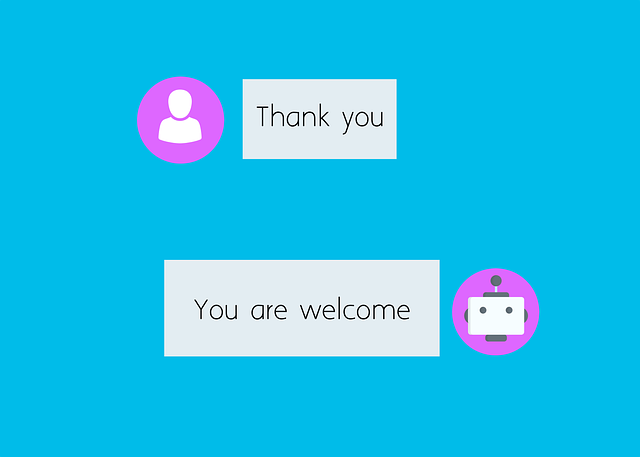Creating an effective ecommerce chatbot demands deep understanding of target audiences, tailoring responses based on user personas for enhanced satisfaction and engagement. Define clear goals like instant support, answering product questions, and guiding purchases to train the chatbot using relevant datasets, aligning with platform strategy to drive sales conversions and brand loyalty. Incorporating customer feedback ensures continuous evolution to meet diverse needs.
Creating a scripted AI chatbot for your ecommerce platform can significantly enhance customer experience, drive sales, and automate support. This comprehensive guide walks you through every step of developing an effective ecommerce chatbot. From understanding your target audience’s needs (identifying key user personas) to designing conversational flows and integrating knowledge bases, we’ll explore best practices. We’ll also cover implementation, testing, and continuous optimization using suitable AI chatbot platforms and tools, ensuring your bot delivers accurate, engaging interactions.
- Understanding Ecommerce Chatbot Needs and Users
- – Identifying key user personas
- – Defining chatbot goals and objectives for ecommerce platforms
Understanding Ecommerce Chatbot Needs and Users

When creating an ecommerce chatbot, understanding your target audience is paramount. Ecommerce chatbots serve as virtual assistants, guiding customers through their purchasing journey by providing product recommendations, answering queries, and offering support. They must cater to a diverse range of user needs, from product-specific questions to assistance with checkout processes and order tracking. By analyzing customer behavior, pain points, and common inquiries, developers can craft conversational flows that address these issues effectively.
Knowing your users involves understanding their preferences, language patterns, and shopping habits. This data helps in designing a chatbot that speaks their language, offers tailored suggestions, and resolves problems efficiently. Incorporating user feedback into the chatbot’s development cycle ensures continuous improvement, making it a valuable addition to any ecommerce platform.
– Identifying key user personas

When creating a scripted AI chatbot for an ecommerce platform, identifying key user personas is a fundamental step. Start by understanding your target audience: are they first-time shoppers looking for guidance or seasoned buyers seeking quick answers? Segmenting users into distinct groups allows you to tailor responses that address specific needs and preferences. For instance, a new customer might require assistance navigating the site, learning about products, and understanding shipping options, while a regular buyer could be more interested in promotions, personalized recommendations, and faster checkout processes.
By defining these personas, you can create conversational flows that feel natural and relevant to each user type. Ecommerce chatbots designed with persona-specific interactions enhance customer satisfaction and engagement, ultimately driving conversions. Ensure the chatbot’s script reflects the tone and language appropriate for each persona, making interactions consistent and effective across the board.
– Defining chatbot goals and objectives for ecommerce platforms

When creating a scripted AI chatbot for an ecommerce platform, defining clear goals and objectives is paramount. An ecommerce chatbot should strive to enhance user experience by providing instant customer support, answering product queries, and guiding users through the purchase process. These chatbots can also assist in post-purchase tasks like order tracking, returns assistance, and gathering customer feedback, thereby increasing sales conversions and building brand loyalty.
Specific objectives might include improving response times to customer inquiries, increasing average order value by suggesting complementary products, or enhancing overall customer satisfaction scores based on interaction data. By setting measurable goals, developers can effectively train the chatbot using relevant datasets, ensuring it aligns with the platform’s strategic needs.
Creating a scripted AI chatbot for an ecommerce platform involves understanding user needs and defining clear goals. By identifying key user personas, you can tailor interactions that offer personalized experiences, drive sales, and enhance customer satisfaction. With well-defined objectives, your chatbot will become a powerful tool to engage shoppers, answer queries, and ultimately boost ecommerce conversions.
